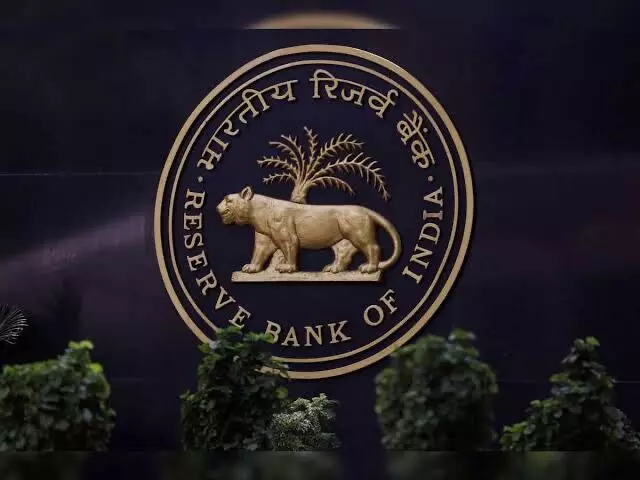RBI to launch ULI for frictionless flow of credit to small, rural borrowers
Last year, the Reserve Bank had launched a pilot of a technology platform which enables frictionless credit in two states
By Newsmeter Network
Reserve Bank of India (File Photo)
Bengaluru, Aug 26 (PTI) Buoyed by the success of digitalisation of financial services, the Reserve Bank will be launching Unified Lending Interface (ULI), a platform to ensure frictionless flow of credit, especially for smaller and rural borrowers.
Last year, the Reserve Bank had launched a pilot of a technology platform which enables frictionless credit in two states.
"From now on, we propose to call it (platform) the Unified Lending Interface (ULI). This platform facilitates seamless and consent-based flow of digital information, including even land records of various states, from multiple data service providers to lenders," said RBI Governor Shaktikanta Das at the RBI@90 Global Conference on 'Digital Public Infrastructure and Emerging Technologies' here.
He emphasised that the ‘new trinity’ of JAM-UPI-ULI will be a revolutionary step forward in India’s digital infrastructure journey.
In the inaugural speech, Das said Unified Payments Interface or UPI, a real-time payment system launched in India in April 2016 by the National Payments Corporation of India (NPCI), has played a significant role in the growth of retail digital payments in India.
NPCI was promoted by banks under the guidance of the Reserve Bank.
While initial participants on the UPI platform were banks, non-bank third party app providers and use of QR codes have all combined in popularising UPI.
It has since emerged as a robust, cost-effective and portable retail payment system and is attracting active interest across the globe, Das said.
He said the ULI will cut the time taken for credit appraisal, especially for smaller and rural borrowers. The ULI architecture has common and standardised APIs, designed for a 'plug and play' approach to ensure digital access to information from diverse sources.
This reduces the complexity of multiple technical integrations and enables borrowers to get the benefit of seamless delivery of credit, quicker turnaround time without requiring extensive documentation, he said.
Das said by digitising access to the customer’s financial and non-financial data that otherwise resided in disparate silos, ULI is expected to cater to large unmet demand for credit across various sectors, particularly for agricultural and MSME borrowers.
"Based on our experience from the pilot project, a nationwide launch of the ULI will be done in due course. Just like UPI transformed the payments ecosystem, we expect that ULI will play a similar role in transforming the lending space in India," Das said.
The Governor further said that ideally, while the legacy payment systems should be able to connect to each other and so should the Central Bank Digital Currency (CBDC) systems, one country’s legacy system should also be interoperable with another country’s CBDC.
Actual implementation of interoperability would pose challenges and may involve certain trade-offs, he said.
Technical barriers may be surmounted by using common (international) technical standards. Further, the governance structure or management framework for long-term sustainability would also need to be finalised, Das said.
He said the UPI system has the potential to evolve into a cheaper and quicker alternative to the available channels of cross-border remittances.
A beginning can be made with small value personal remittances as it can be quickly implemented, the Governor added.